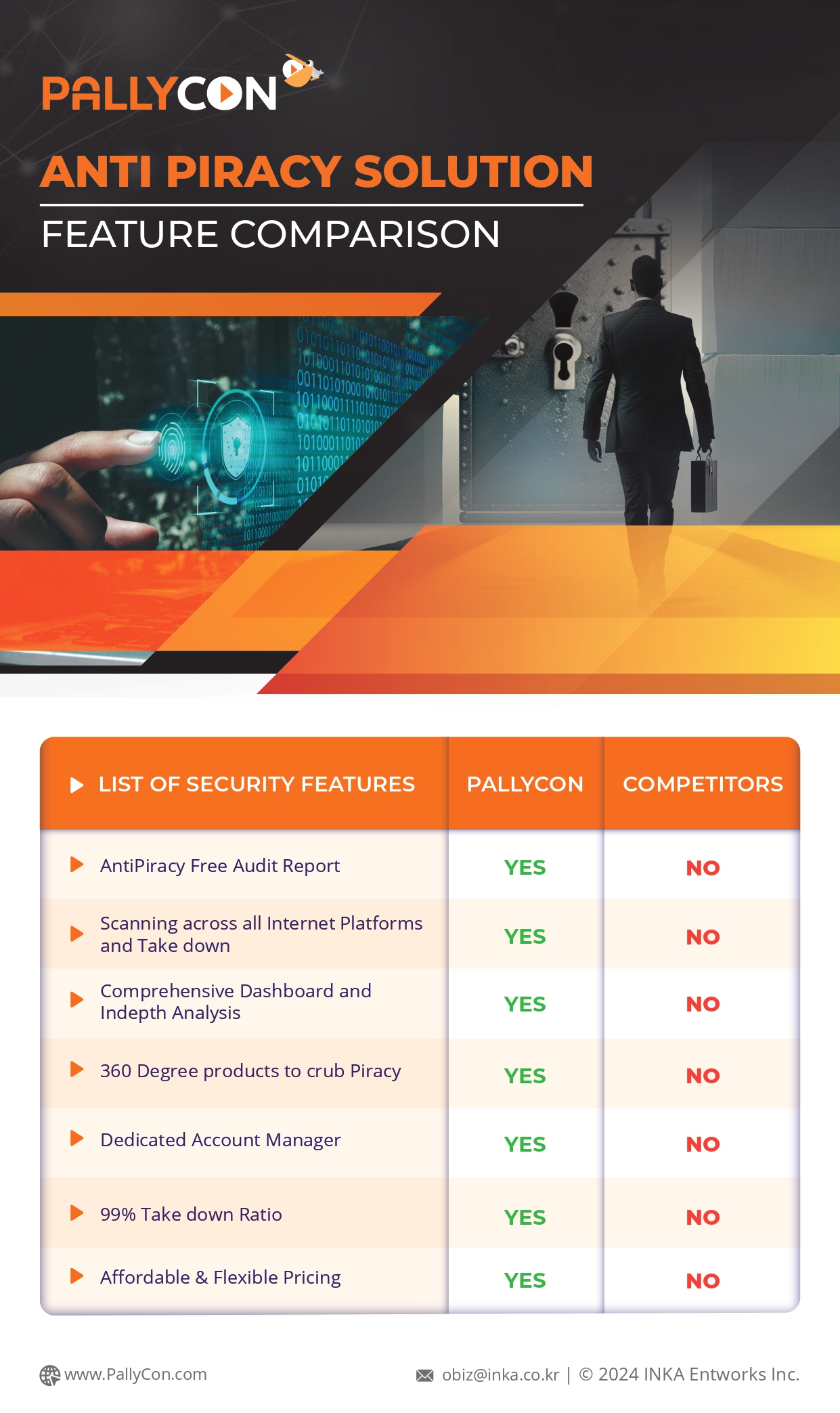
Protecting Audio Content with PallyCon Multi-DRM (Part 1)
Audio content seemed to be forgotten due to the popularity of video content. But it is in the spotlight again. As paid audio content and platforms grow, there is a growing interest and application of DRM technology to protect audio content.First of all, Find out the historical background and the need for audio DRM in this post.

The rise of audio content
With the growth of online video services such as and YouTube, Netflix video content has become the king in the online content industry. In 2018, video streaming took up nearly 60% of the world’s internet traffic and the percentage is getting higher. (Ref.1) In contrast, audio content such as digital music and audiobooks seemed to become less important. But in recent years, audio content is emerging as a new business opportunity for IT companies. This is because the spread of AI speakers such as Amazon Echo, Apple Homepod and Naver Firends has expanded. And the number of platforms that can use audio content such as ‘connected cars’ has increased as well.
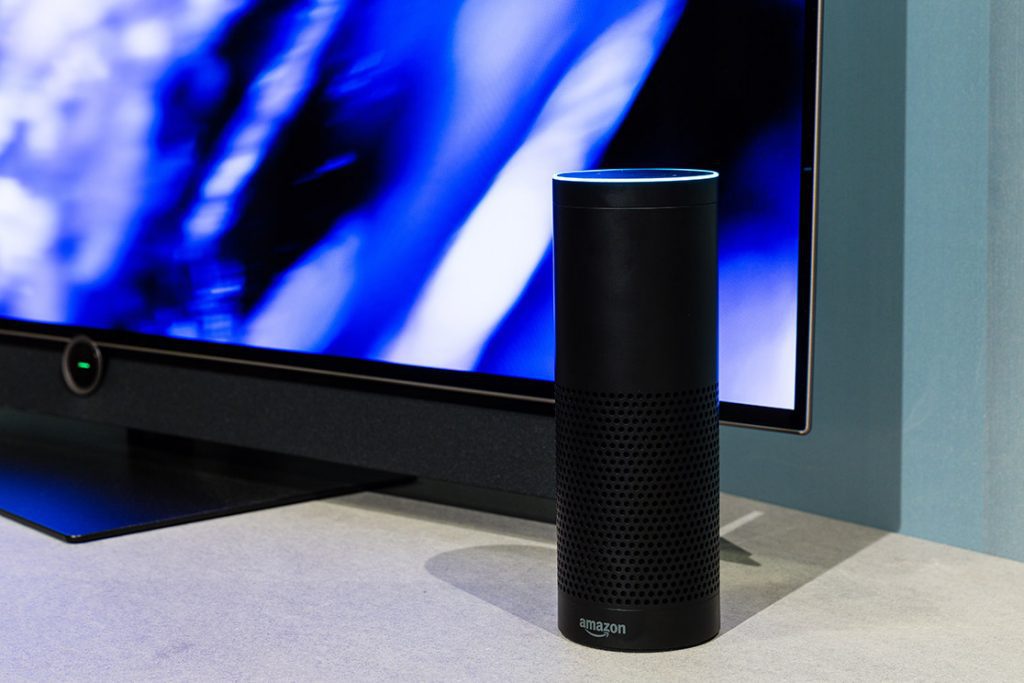
Figure 1. Amazon AI Speaker Echo
Audio content Platform in Korea and overseas
Among the global companies, Amazon is very active in the audio contents business. Amazon acquired Audible, an audiobook content company, in 2008. Since that, Amazon has distributed audiobooks as well as various self-produced contents via its Amazon Audible service.
In Korea, Naver has been receiving good responses about its Audioclip platform. Audioclip provides audio contents about knowledge and culture. The service also provides audiobooks which are recorded by popular entertainers.
Another Korean content company named Influential is operating welaaa, welaaa is a knowledge content platform with video and audio content for self-improvement.

Figure 2. Amazon, Audible
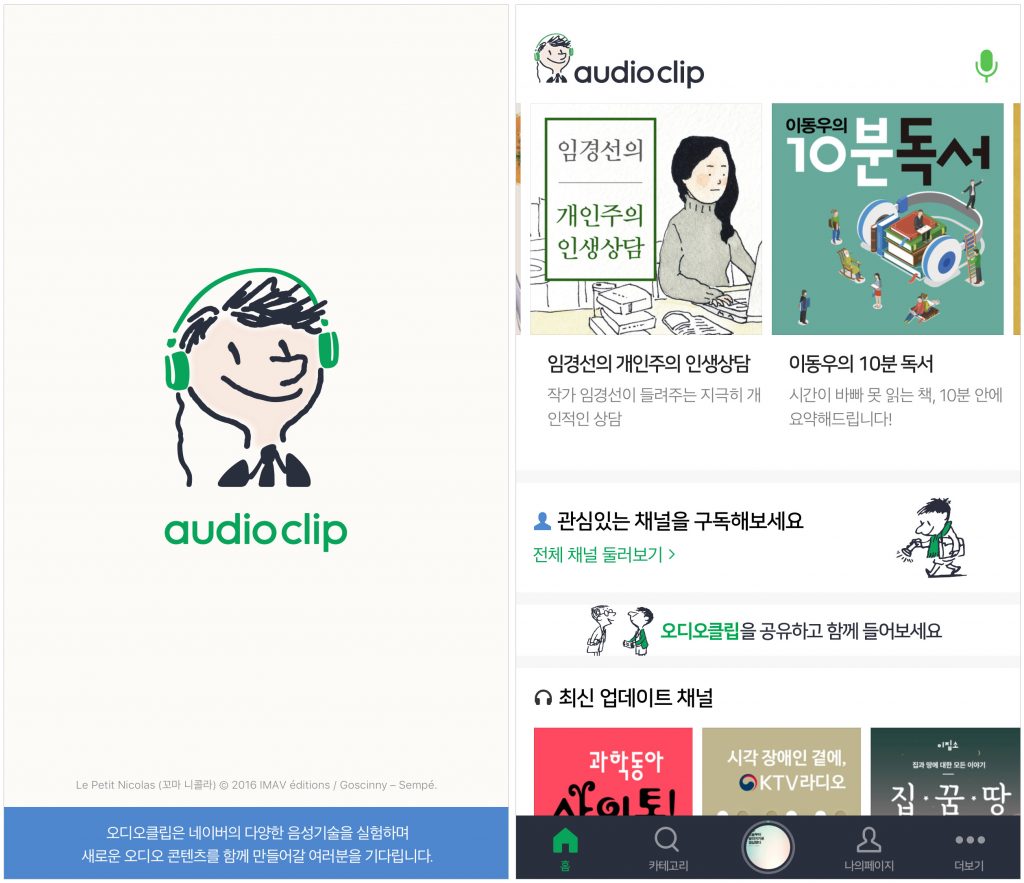
Figure 3. Naver, Audioclip

Figure 4. Influential, welaaa
As audio content and service platforms grow, so does the need for Digital Rights Management(DRM) solutions to protect paid audio content from piracy.
The history of audio content and DRM
Compatibility issues with early audio DRM
In the early 2000s, portable MP3 players such as iRiver and iPod were popular worldwide. And P2P music sharing services such as Napster and Soribada became major social issues. Online music services such as iTunes protected audio content by applying DRM solutions. DRM solution encrypts the content and restricts it to authorized users only. So content services were able to prevent unauthorized distribution and use of audio contents. Various DRM solutions have been applied by in-house development or 3rd-party DRM solution vendors.
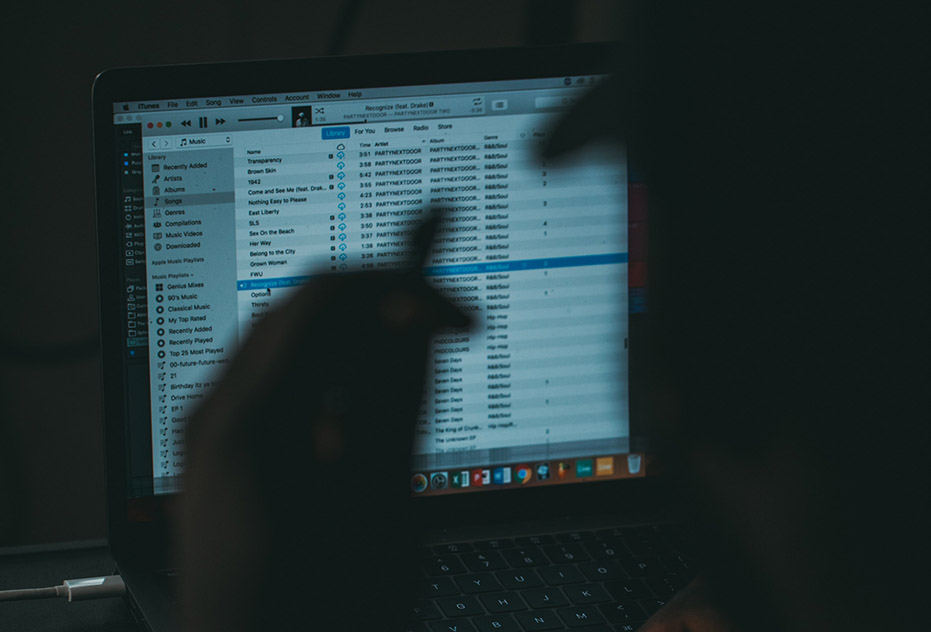
Figure 5. Using iTunes music service
In this way, different types of DRM that are incompatible with service providers and playback devices have been applied. And users have suffered from inconveniences because they could not play their legally-purchased music files on incompatible devices.
To solve the problem, INKA Entworks has developed the EXIM standard and DRM Adaptor solution. EXIM and DRM Adaptor are DRM interoperability technologies that enable DRM contents to be exchanged between devices with different DRM systems.
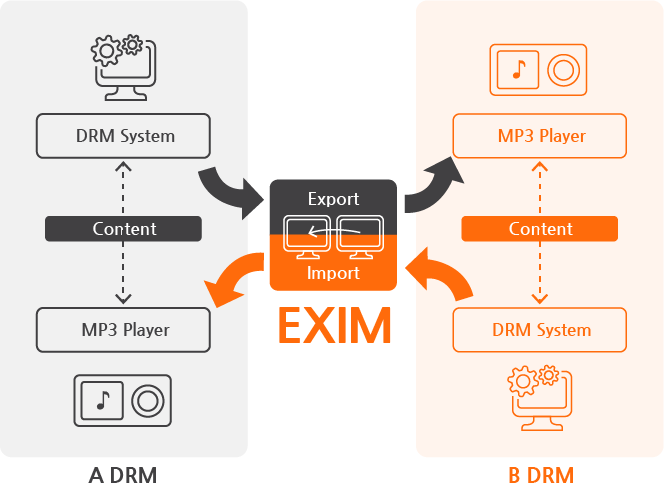
Figure 6. EXIM
EXIM is a DRM interoperability technology developed jointly by INKA Entworks and Electronics and Telecommunications Research Institute(ETRI) in 2006. At that time, a DRM project group under Korea Telecommunications Technology Association(TTA) worked on the standardization of EXIM in order to spread it throughout the industry.
INKA Entworks also developed DRM Adaptor, its own DRM interoperability product, to solve the constraints caused by the coexistence of various DRM systems. The solution enabled conversion and content transfer between different DRMs.
Steve Job’s decision : DRM-free music
In 2007, Apple’s Steve Jobs announced the idea of ‘DRM-free music’ through an email titled ‘Thoughts on Music’. Then most online music services, including Apple iTunes started to offer DRM-free MP3 music.
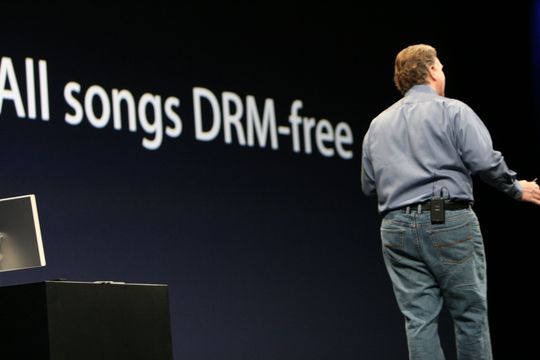
Figure 7. Apple’s presentation about DRM-free Mp3 music
DRM-free music files were able to play on a variety of devices without restrictions on playback devices. Users who suffered from DRM compatibility problems welcomed this change. And DRM technology seemed to be no longer needed in the digital music industry.
The need for audio DRM was not gone
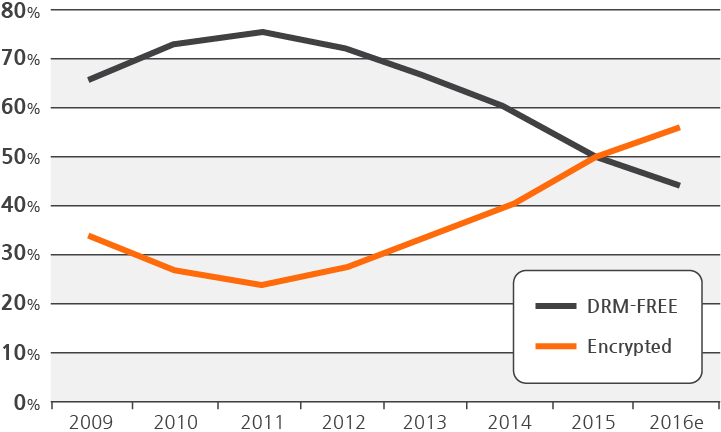
Figure 8. Sales portion of digital music market by content type (ref 2)
However, even after the era of ‘DRM-free music’, audio DRM has not disappeared from the market, rather its importance is increasing. As online streaming becomes more popular than MP3 download scenario, the incompatibility of earlier DRM solutions is no longer a problem. In the digital music market as well as intellectual content such as podcasts and audiobooks, which have led to the recent rise of audio content, audio DRM has become a necessity to maintain a desirable content ecosystem.
In order for the content market to become active, quality content must be continuously produced. And to produce quality content, it is necessary to guarantee a meaningful profit to the content creators. In the case of video content such as YouTube, the most popular way is sharing revenue generated by advertising between the platform and the creator. Audio platforms also have advertising-based revenue models, but they are limited comparing to video advertisement. It is because video advertisement can be exposed in more various ways than audio.
Therefore, in addition to the advertising-based business model, the audio contents ecosystem requires paid content models such as subscription and purchasing. DRM technology must be applied to protect these paid audio contents from illegal use. Recently, more and more services are protecting audio contents with multi-DRM technology, which has been mainly applied to video contents.
To learn more about Protecting content with Multi-DRM, read our blog next week
OR you can download the white paper to read the full text of this article.
References
1. Video Streaming Now Makes Up 58% of Internet Usage Worldwide
2. The Myth of DRM-Free Music, Revisited
3. PallyCon Multi-DRM Cloud on AWS Market Place
Naver Audioclip and Influential welaaa’s audio contents are protected by PallyCon Multi-DRM. Find out details!
Daniel is a DRM specialist and has been associated with this industry for over 10 years. Other than this, he is addicted to reading and writing.
